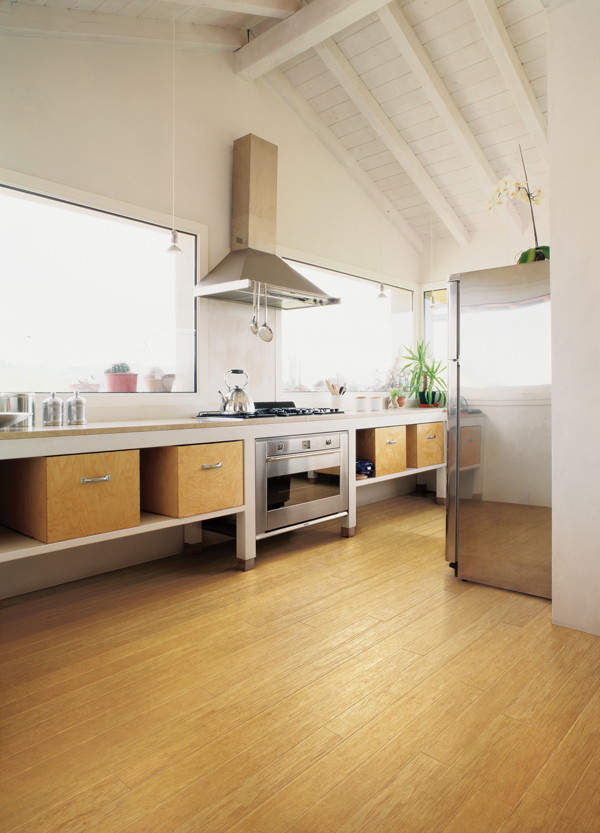Latest Interiors looks at how to maximise the potential of real wood flooring
Real wood flooring is hardwearing, practical, and very beautiful. Choose the right product, and it can also be one of the most eco-friendly floor coverings, too. This week, Latest Interiors checks out the wonders of real wood…
On the boards
Often the least expensive choice for a real wood floor is sanding, and staining or varnishing, existing floorboards. This is an option if your floorboards are in good condition – and so long you don’t mind the mess and sheer hard graft of sanding and finishing. Dodgy or worn boards here and there can be replaced with new or reclaimed wood, and carefully stained to match. If you’re partially replacing sections of floor, be careful to select a stain or varnish that blends new boards in with old. There are some great eco-friendly stains and varnishes available, too. If this seems daunting, you can always commission an expert to do the sanding and preparation – get at least three quotes first.
Solid wood
New wooden flooring falls into two main categories. Engineered or wood-laminate flooring consists of a plywood base with a coated veneer of real wood on top, and is usually cheaper than solid wood. Boards can be laid on top of existing wood or concrete floors. The second type is solid hardwood flooring – solid timber planks that can be laid straight onto joists or on top of existing wooden floors, which come either pre-finished (sanded and treated) or unfinished. ‘Antiqued’ and darker shades of wooden floors are the most popular right now: French or black oak, walnut, and ‘coffee-bean’ bamboo all give an understated, stylish finish. Always choose an environmentally friendly product (the FSC – Forest Stewardship Council – kitemark is good indicator): A sustainably sourced hardwood can be re-sanded, and should last for years.
Accessorise your beautiful wooden floors with a wool or sheepskin rug, or just leave them bare and admire their beautiful simplicity.

Pics: courtesy EcoTimber




















